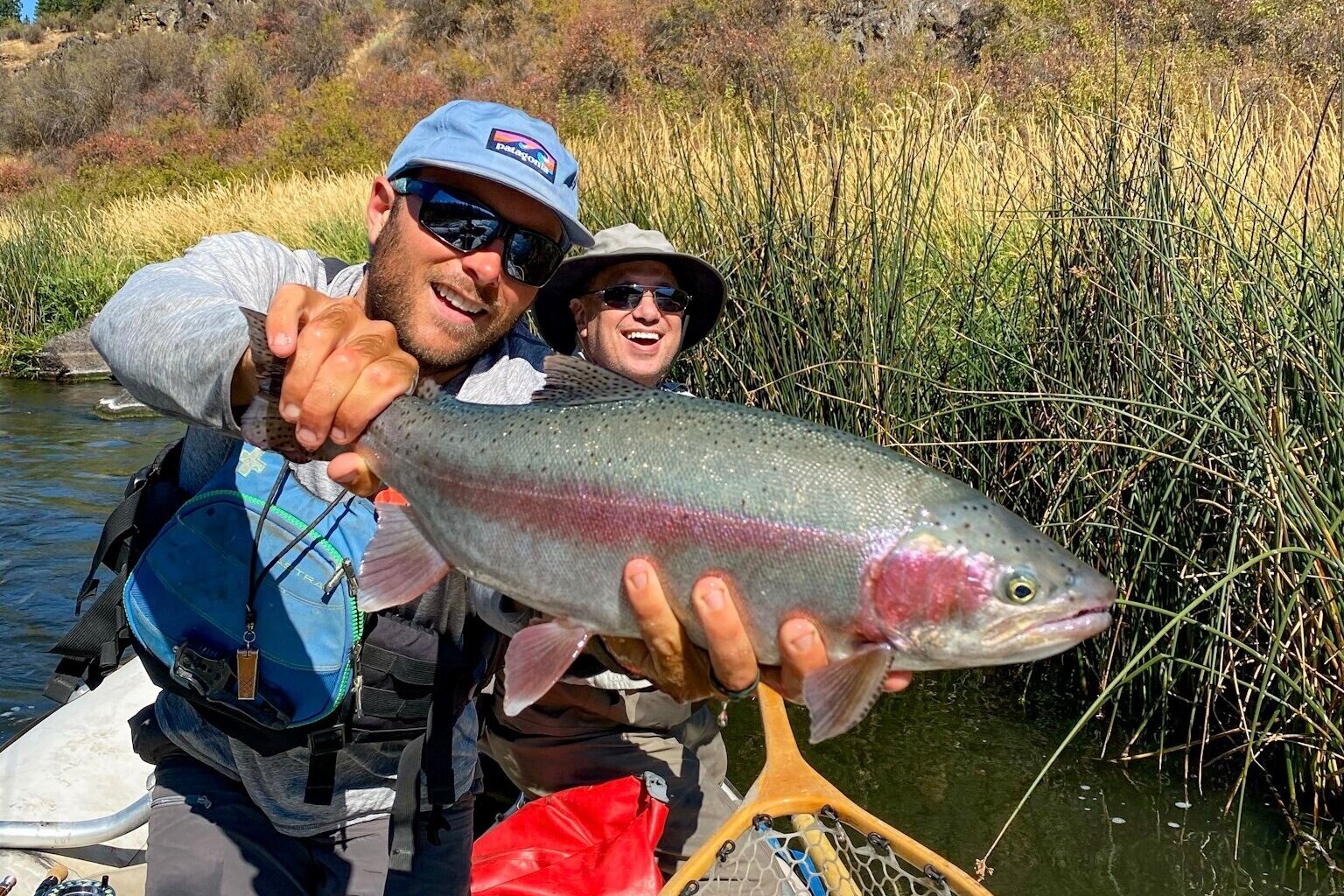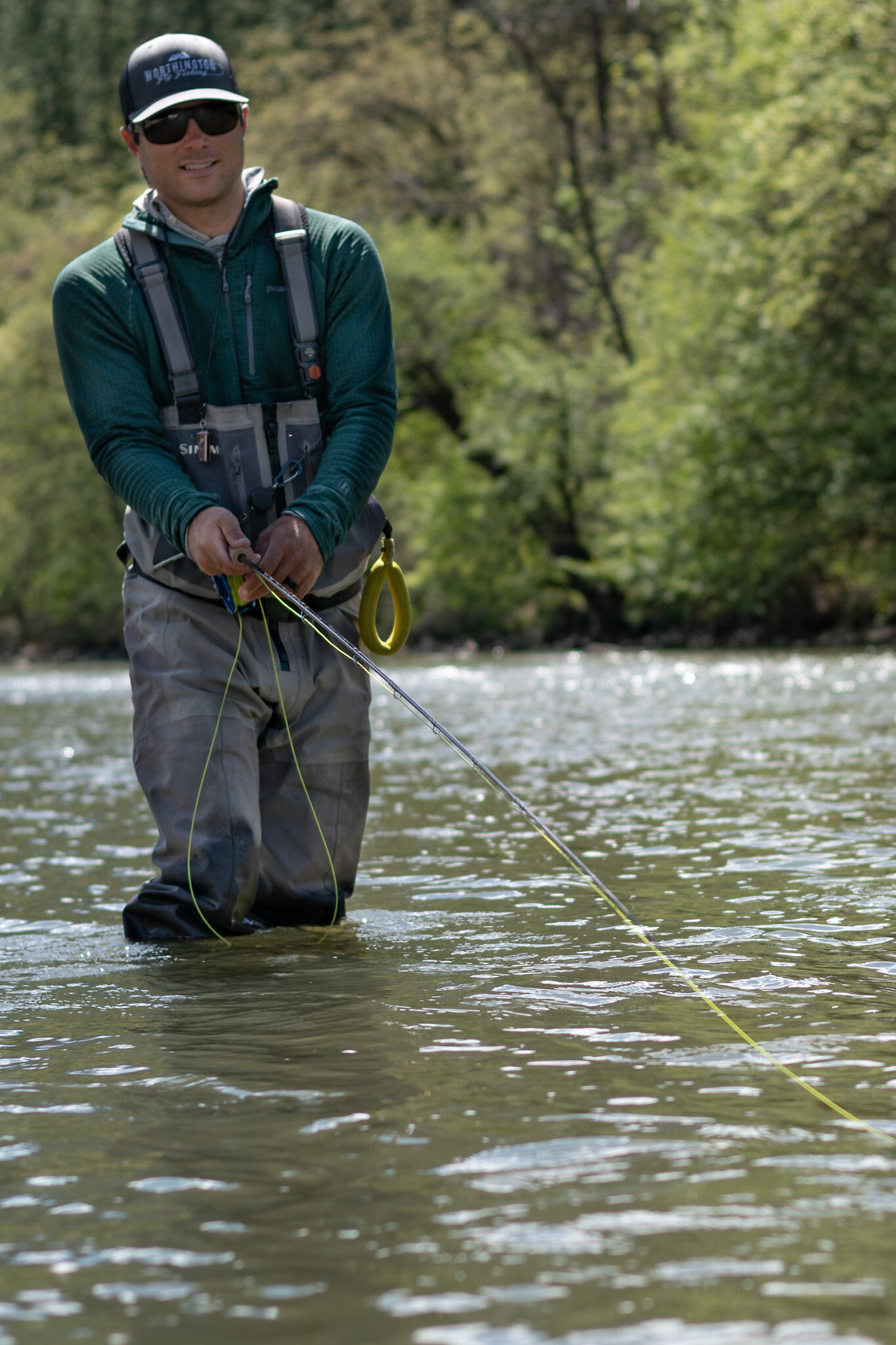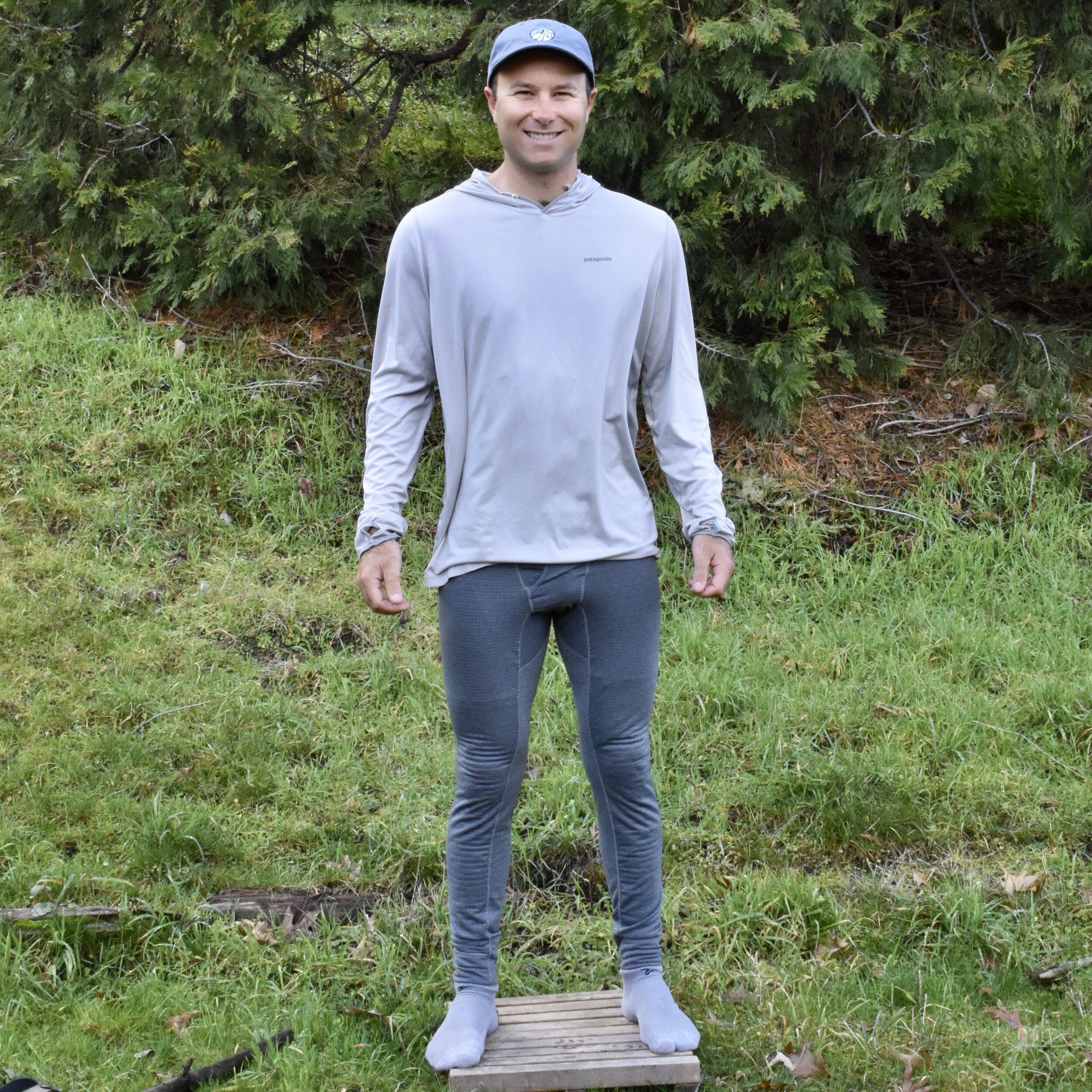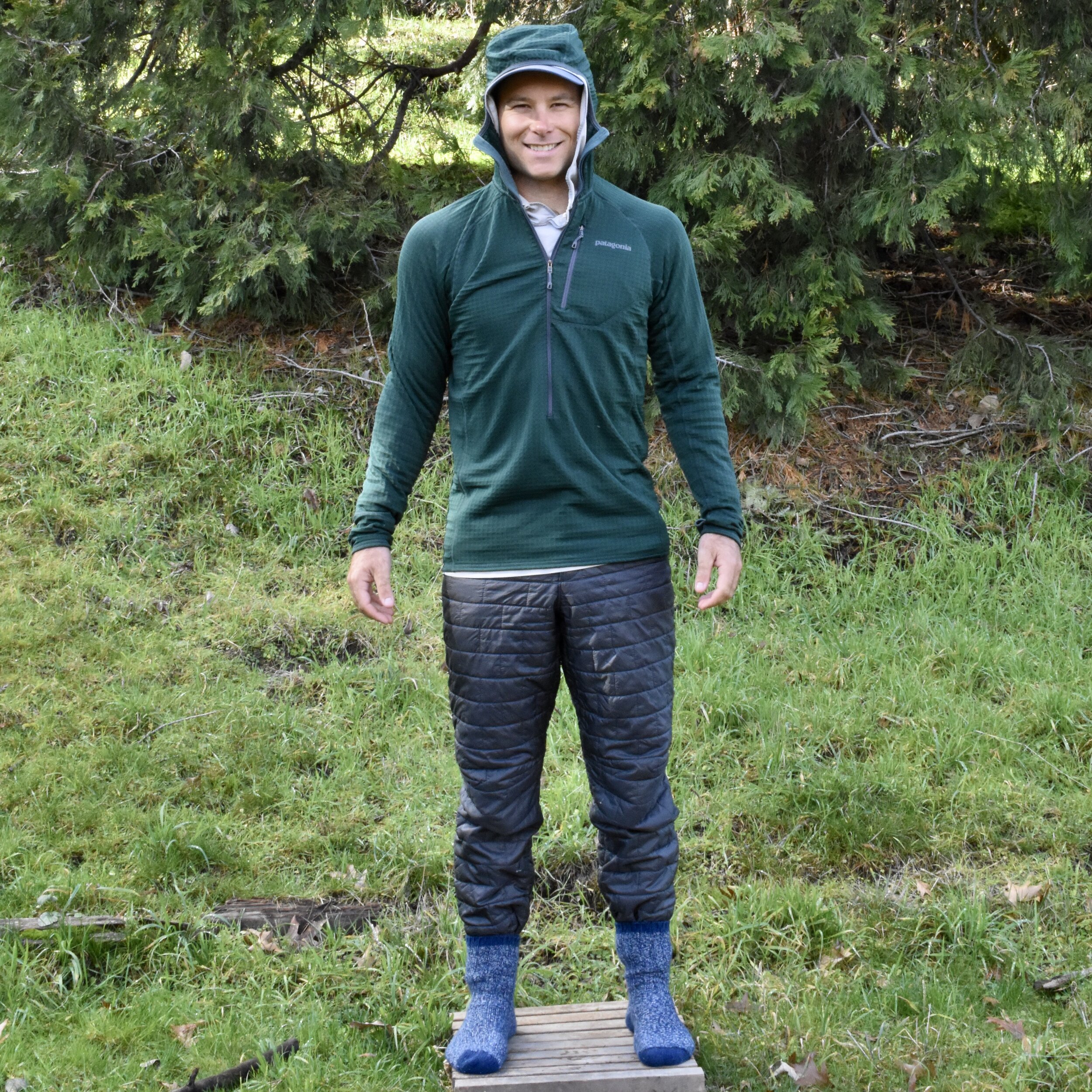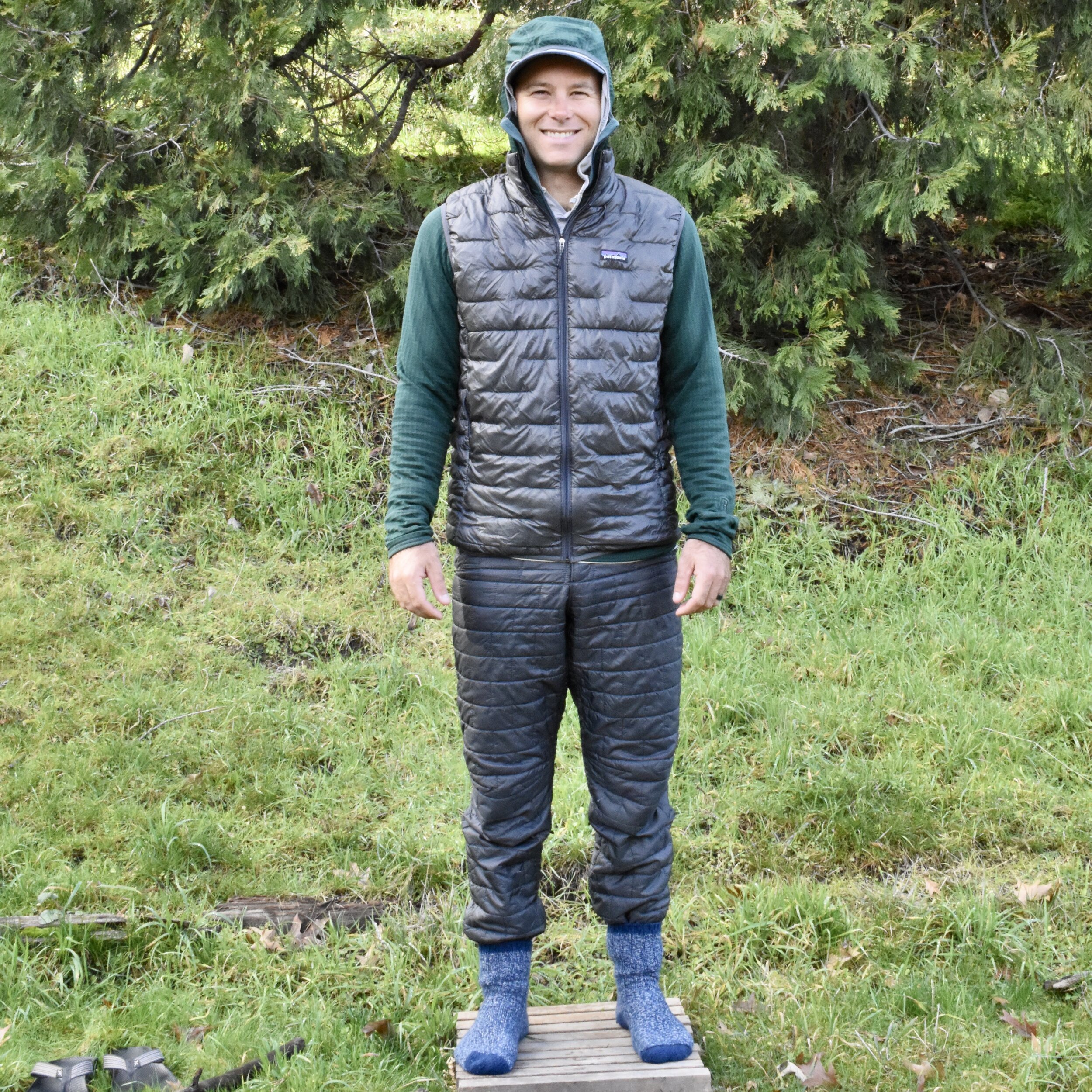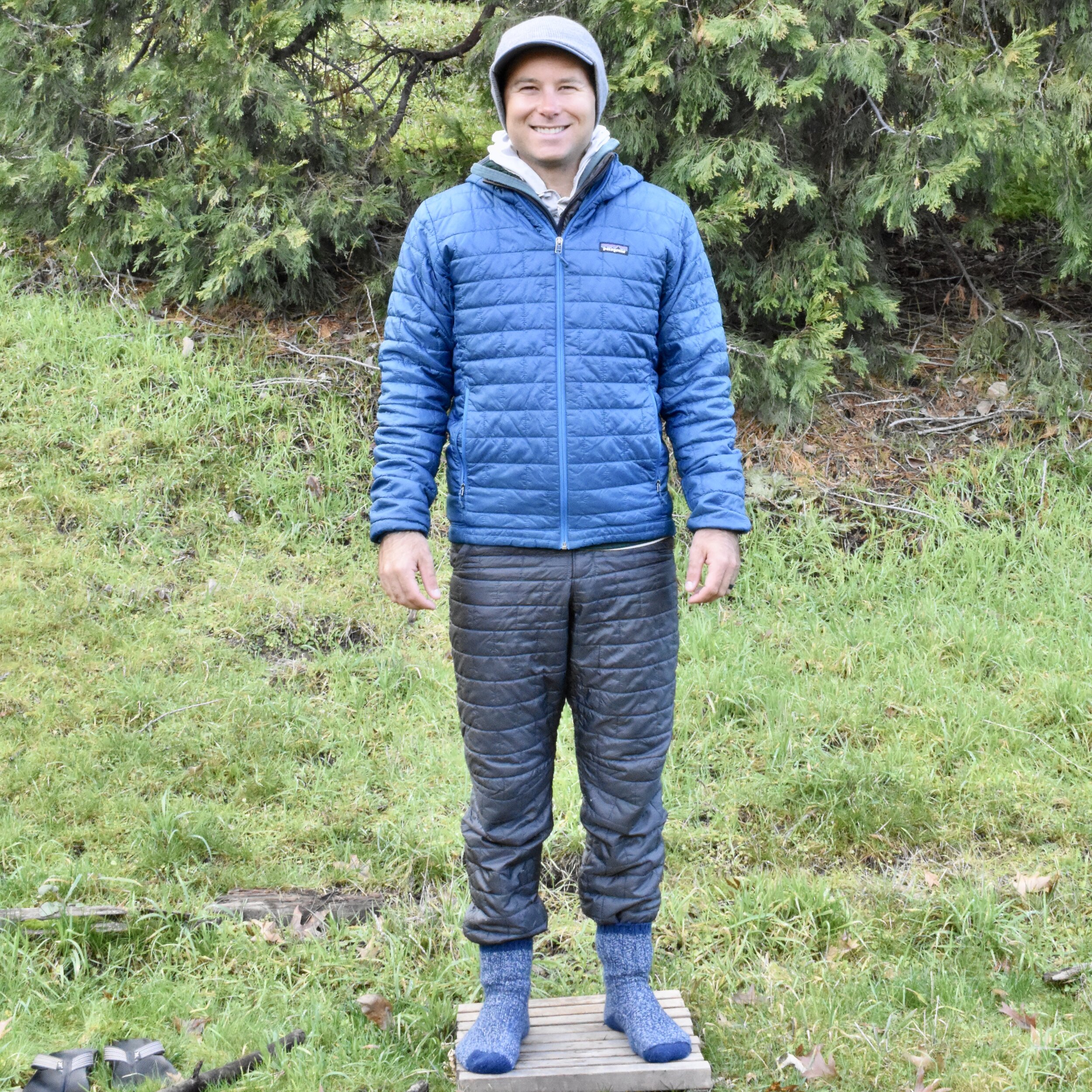Top Ten things to do in Ashland on a fishing trip
Top 10 must do things when visiting Ashland, Oregon
Are you planning a trip to Ashland, OR? Well, if you’re not then you should start! Ashland is a little bubble of sunshine, filled with great local beer and wine, incredible food and a peaceful, fun atmosphere.
After having family come to visit over the years, we have collected our top 10 must do things when visiting Ashland.
Go fly fishing with Worthington Fly Fishing.
Whether you go spey casting for steelhead on the Rogue or splashing through whitewater in a raft on the Upper Klamath, Brandon is the one to show you where the fish are hiding. Let’s go get em!
EAT DINNER OUT
If you came to Ashland with the plan to eat a PB&J in your hotel room then oh boy will you be missing out! Ashland is a town that respects utilizing fresh, local ingredients. You can’t go wrong.
Oregon Shakespeare Festival
Running March-October, the Tony Award Winning festival produces 11 plays annually. Find out more on their website here.
Take a hike up to Grizzly Peak.
Just 12 miles east of Ashland, Grizzly Peak is 3 quick miles to the top where you are greated by an old burn scar that opens up to a bare peak allowing you to see Mt Mazama (Crater Lake) to the north and Mt Shasta to the south. Breathtaking.
Lithia Park
Adjacent to the plaza, Lithia Park follows Ashland Creek from downtown to the Granite Street Reservoir Swimming Area with walking trails and benches throughout. Its the perfect way to stretch your legs after a long trip to town.
Caldera Brewing
One of the best breweries in Oregon, Caldera has over 40 beers on tap and a bunch of local wines. This brewery is a sight to be seen. They say theres not a single repeated beer on the wall!
Go wine tasting!
From the quaint, backyard feel of the Eliana Vineyard to the glamorous Belle Fiore chateau, Ashland has it all and within just minutes of downtown.
Go whitewater rafting!
Swap your fishing rod for a paddle for a day and hit some big whitewater. From Ashland its only a short ride out to either the Rogue for a half day trip or the Klamath for a full day. Theres a few companies in the area, Indigo Creek Outfitters is the best, par none.
Whether you’re cruising the slopes in the winter or hiking the trails in the summer and fall, Mt Ashland is the perfect addition to your trip to Ashland.
Go shopping!
Start in the plaza downtown and just take to the streets! (or sidewalks, that is). Downtown Ashland is home to many exquisite, unique shops from clothing to plants to pottery and art this is the place to find that something so very special.
P.S. If your in the Plaza, give the Lithia Water a try at the center fountains. It’s a true “Ashland experience”.
5 Tips for Streamer Fishing
Streamer fishing is fun and effective and can lead to hooking the largest fish in the river. Here’s 5 tips to help along the way!
Choose the Right Fly
You can’t catch a fish with a streamer unless you fish one, so the first step is to simply tie one on! Like all flies in the shop bins, many catch the anglers eye, but most play on just a few major themes. In streamer fishing, you’re eliciting a reactionary response from the fish so they wont scrutinize small details much. Size, color, contrast, flash, weight and movement are big themes. Look at fly profile and have a few patterns with different builds. Some of the most time tested patterns are still highly effective and deserve a few slots of foam; Wooly Buggers, Muddler Minnows & Zonkers are great. Most bait in trout streams are earth tones; tan, olive and brown, often mottled, light on the belly and darker on top ranging from 1-3 inches in size. Black is excellent too, and have a few white flies tucked in the corner as trout are cannibalistic!
Cast Angles Instead of mending
Streamer fishing isn’t just chuck it out there and rip the fly around (although sometimes that works great!) Take to the water with strategy in mind as you would when nymph or dry fly fishing . Find the area where you think a fish would be holding and fish the fly through that likely water. This means picking a target for the fly above or beyond the holding lie as set up, then pulling, swinging or twitching your fly through that zone. Analyze how your fly line laying over the currents between you and your fish will belly the line and anticipate how that belly will pull your fly. The further upstream you cast the less belly will form as the fly comes back between you and your target. The further across you cast the more belly and tension will form on the line and the more “swing” the fly will have. More belly means the fly is riding higher in the water column, has more tension, and typically, is running faster as well.
And don’t mend much either. Mending simply adds a step between the fly hitting the water and when you engage the fly, which is inefficient. Pick your target, pick your angle, slap it in there and get that fly fishing!
Get the fly down
There are two good ways to get your streamers down. Sinking line or floating lines with a leader, heavy fly, or added weight. Most of the time I find using weighted flies and adding weight to my leader is more versatile then sink tip lines because you can add or remove weight quickly and change between methods efficiently. I find leader lengths between 5 and 10 feet tapered to no less then 8lb most useful for most situations. Shorter leaders for smaller water or heavily pocketed water is good while longer leaders allow for more sink. Split shot can be added to get an unweighted fly to sink and to really dredge, add shot to a weighted fly, 3-12 inches up the leader.
Vary your retrieve
A good retrieve is crucial for streamer fishing. The retrieve is how quickly you pull line back in, how long the strip is, and how frequently you pull line. Practice grabbing your line just behind your rod hand, pulling, letting go and grabbing again. No matter the retrieve you are using, you need to be fluid at dropping the line you just pulled and finding it again at your grip hand with very little break. Keep your hands tight and close together for better line control. Trout like all kinds of retrieves, so try different ones until you crack the code. Generally, baitfish swim in little bursts, so a good place to start is with several quick, pulls followed by a very brief pause. Follow up with a few more quick jerky pulls and make sure you fish your fly right into the leader. Many times I’ve been pulling my fly out for the next cast to find a vicious take just as the fly was leaving the water! Those trout just can’t stand a meal getting away! If your initial retrieve doesn’t work, try something different. Sometimes they want it swung, sometimes they want it fast and jerky and still other times a smooth slow retrieve all the way back to the boat.
Steer the fly with your rod tip
Perhaps the easiest way to picture this concept is to go to a pool, tie on a streamer and cast it it out there. Start stripping it back and it will come back in a straight line between where it started and the rod tip. On your next cast, move the rod to the right while stripping, and then back to the left. You’ll notice your streamer chasing your rod tip movement, coming back in an “S” pattern. Use this concept to steer the fly on the retrieve around boulders, seams and through different currents in the river. Expanding on this concept you can interchange rod movement with stripping to further maneuver your fly through the water column. This is really where the training wheels come off in streamer fishing and you have the utmost control over your flies. How deep they are, how fast they move through the water, and what movement the fly shows to the fish is all up to you now.
We offer guided streamer fishing trips May - November on the wild rivers of Southern Oregon and Northern California and base out of Ashland, Oregon. Our trout are aggressive and love to chase, offering a perfect place to learn streamer fishing methods, experience the fun and advance your angling skills.
How to Make Fly Tying Shanks
Make your own Steelhead or Trout shanks. Easy, cheap, & customizable. Tie your own flies on your own shank.
I started tying shank flies before there were too many commercial options around. So I’ve stuck with it, and made my own for years. These are solid, cheap, easy and oh so versatile. There’s something cool too about the foundation of you swing flies being something you crafted by hand. They’re all that fishier for it!
You’ll Need:
Spinner Forms: These are borrowed from the lure making world and come in a number of lengths. Creative folks can make three shanks per form. Considering most packs are 50 or more, you’ll have a decent supply. I have found these at Sporting goods stores and online retailers. You’re local tackle shop also likely has them, if they exist anymore.
Needle Nose Pliers: Do I need to explain these?
Grinder: I use a hook sharpener, though anything in your shop that fits the bill will work. When you cut the spinner forms, any ragged edges need to be filed down or you risk cutting thread while tying, or having a sharp edge on your fly which could find your line or trailing wire.
Tying Vise
I have found these home made shanks work great for barbell eyed flies if you turn the eye up, and great for unweighted flies if you leave the shank true. If you are really carful and precise with your plier and vise work, I can usually mount a 1/4” bead on too for another weighted fly option.
Happy Tying!
What to Wear: Winter Steelheading
Winter Steelheading is HARD. With colder water temperatures, fish are less active and grabby, some days can get a little frustrating. So, the first thing you need is an optimistic attitude and the last thing you need is to be cold.
Whether you are drifting from the boat huddled up around a small propane heater or waist deep rocketing your favorite intruder across a 35 degree river, Winter Steelheading can be FLIPPING COLD. Some days there’s a gnarly wind-chill, some days its dumping snow, while others are perfectly glorious, sun-filled days or a mix of all the above. We find that it’s best to be prepared for everything to ensure that your awesome day on the water isn’t ruined or even ended early due to poor clothing choices. So, we’re going head to toe, helping you stay warm this Winter Steelheading season!
Before we get too far, LAYERS. We can’t stress it enough. The worst thing that can happen is you bring too many and have to take some off. That’s not a problem, being too cold is, so here’s a layering system we use.
Layer 1
- Standard ball cap (WITHOUT a mesh back).
- Long-sleeved base layer (preferably something quick-drying as we tend to get our sleeves wet when we catch fish). A hoody that is quick-drying can be worn year round and is a perfect sunshade in the summer!
- Midweight long-johns/leggings/base layer with a tapered ankle.
- A thin sock. A running sock works great.
Layer 2
- Active fleece hoody. Bridget’s is a full-zip hoodie that was on sale at REI.
- Pant insulation layer. This can vary based on your warmth tolerance and your budget. Our number one choice for this is an insulated pant, these are a complete gamechanger when it comes to Bridget’s fortitude for winter fishing, camping and hiking. The next option we would go with is a thick fleece or fleece-lined pant. Sweatpants work in a pinch.
- Next is a nice fluffy wool sock. Be sure to tuck your pant hems into the outer sock and smooth it out as best you can. Otherwise, it might bunch and ride up when you pull on your waders!
Layer 3
- Insulated vest. These are great for someone who is going to be fairly active while out in the cold, keeping your core warm while your arms are busy catching all the steelhead!
- Brandon finds a vest indespensible nearly year round. They are great for nippy mornings in the fall and spring and because they provide core insulation only it allows for better heat regulation for the hike in, the row out, and the deep wade.
Layer 4
- Beanie that can stretch around your ball cap.
- Insulated jacket. This should really be a requirement to get on the boat in the winter.
- This is your puffy layer, or insulation layer and can be a number of different pieces including a high pile fleece, a down jacket, a synthetic puffy or even a shell with built in insulation.
Layer 5
- Waders. This is not the time of year to bring out your old beat to the curb waders. Your day could be ruined with the slightest pinhole in the wrong place. Make sure you’re all patched up before your big trip. Also, cold feet can make your whole body cold and could very well be the most important and difficult part to figure out, but I think we’ve got it down. To start, you need to make sure that your wading boots have ample room to fit your feet, enough sock insulation to keep you warm, and your wader sock. We like to go up a size in boots for this exact reason. Yes, that means that in the summer time when we’re wet wading our boots are a touch big but that’s nothing when compared to frostbitten toes.
Layer 6
- Rain jacket. Keep all the precipitation and wind out while trapping all your yummy warmth in. This one is an absolute must for Winter Steelheading. Even if you looked at the weather report and they are promising sunshine and glory, it’s still the PACIFIC NORTHWEST. Bring a rain jacket. Sometimes the wind-chill can really surprise you.
- Gloves. This one is more preference. Some people hate managing line with gloves on but we always recommend bringing a pair or even two of your favorite gloves. Bridget will guaranteed within 1 hour get her gloves wet and Brandon will have to dig out his spare pair. If you tend to get very cold hands, it might be a good idea to bring some hand warmers too.
Now, this is what we typically wear from December through March in Southern Oregon and Northern California. But every trip we go on we bring a dry bag with the following essentials, just in case:
- Cozy, large fleece/sweatshirt
- Sweatpants
- Extra gloves
- Extra beanie
- Extra wool socks
- Wool buff/scarf
We hope this helps keep you warm while pursuing the elusive Winter Steelhead. Their an unforgettable catch and we would hate for you to miss out on their glory because you were too cold.
If you’re interested in a Winter Steelhead trip with us, check out this page and contact us here.
Good luck and tight lines,
Brandon and Bridget
Guide's day off - Applegate wines @ Red Lily
Just a drive to the Applegate Valley is all it takes to see why a small river valley (tributary to the famous Rogue) tucked within Oregon’s Siskiyou Mountains is such a gem. It still maintains it’s rural feel even though it’s just a western step off the I-5 corridor, complete with vintage agriculture, one of our favorite local steelhead streams and a thriving group of vineyards and wineries.
As you begin to feel you’re in the middle of nowhere, just past one of the few public parks in the area, a small sign points the way to one of our favorite Applegate wineries, Red Lily, known for it’s spanish-style wines, specifically their Tempranillos.
I couldn't help pausing the car as we drove down the lane and over a small, single lane bridge spanning the Applegate river. Tasting room in sight ahead, perhaps there was a steelhead below?
The grounds, when you enter the winery are a pleasing combination of ranch style buildings, manicured lawns and picnic seating near the river where summer evenings and live music can be blissful.
We were greeted by an energetic trio of wine tenders who eagerly greeted us with warm smiles and a detail of their flights, bites and bottles.
Keen to give their signature Red Lily flight a try, “a sampling of their Spanish inspired varietals” we ordered a pair and a tapas platter to share.
Outside the pitter patter of light winter rain bounced off the metal roofs contrasting the warm fire, rough wooden furniture and cozy atmosphere inside.
Our flights arrived (in test tubes how fun!) with a quick tutorial and info card. Much appreciated, it’s fun to compare and contrast your palate.
In our flights, we added a fifth to taste, their best in class and featured wine, a 2014 Life of Riley Tempranillo (Best in Class at the 2018 Savor NorthWest Wine Competition).
Letting the specifics of our interpretation and others go, we thoroughly enjoyed each and every sample, choosing a glass of the 2014 Life of Riley for Bridget and the Lily Girl Rose Rose for Brandon.
But in all seriousness, Red Lily’s Rose was mentioned numerous times by our winetenders as a summer favorite where many evenings in the warmer months, they feature live music and a house Rose Mojito recipe that pulls folks in for miles and keeps them coming back for more. (We’ll definitely be back for those!)
After a stroll down to the river, we decided to take home a couple of bottles to enjoy later. Their award winning Tempranillo, to be enjoyed immediately and a Rose, to be kept Cold and ready for those not so distant warm and fuzzy summer evenings.
It’s fun to enjoy the Applegate for more then just it’s prized winter steelhead. We have a couple of months to enjoy the fishing here but a rear round opportunity to savor other fruits of the land.




